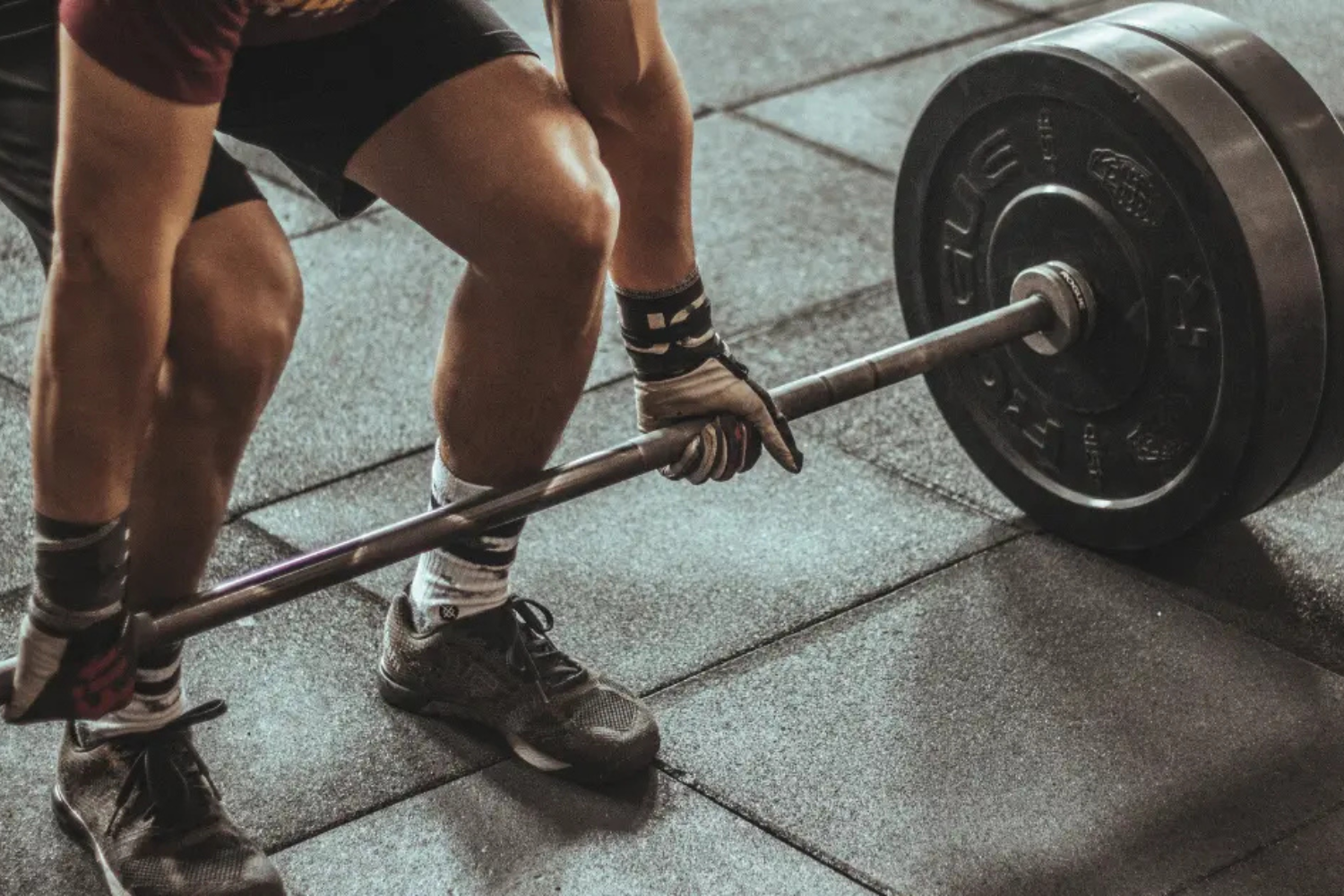
CrossFit is renowned for its ability to build functional fitness, improve endurance and foster community. However, the high-intensity, complex movements inherent to CrossFit can place significant strain on the body. While CrossFit programming often includes well-rounded movements, the demands of the sport can sometimes create muscular imbalances or lead to underdeveloped stabiliser muscles. That’s where accessory strengthening exercises can be used to ensure that you are strengthening these stabilisers muscle which can prevent injuries and optimise your performance.
Accessory exercises target specific muscles that may not receive adequate attention during conventional CrossFit workouts. These muscles often play a crucial role in stability and injury prevention. By incorporating accessory work into your routine, you can address common weaknesses, enhance movement efficiency and reduce the risk of overuse injuries.
For example:
To maximise your lifts in CrossFit and prevent injury, focus on exercises that target stabiliser muscles and emphasise time under tension. Here are some examples:
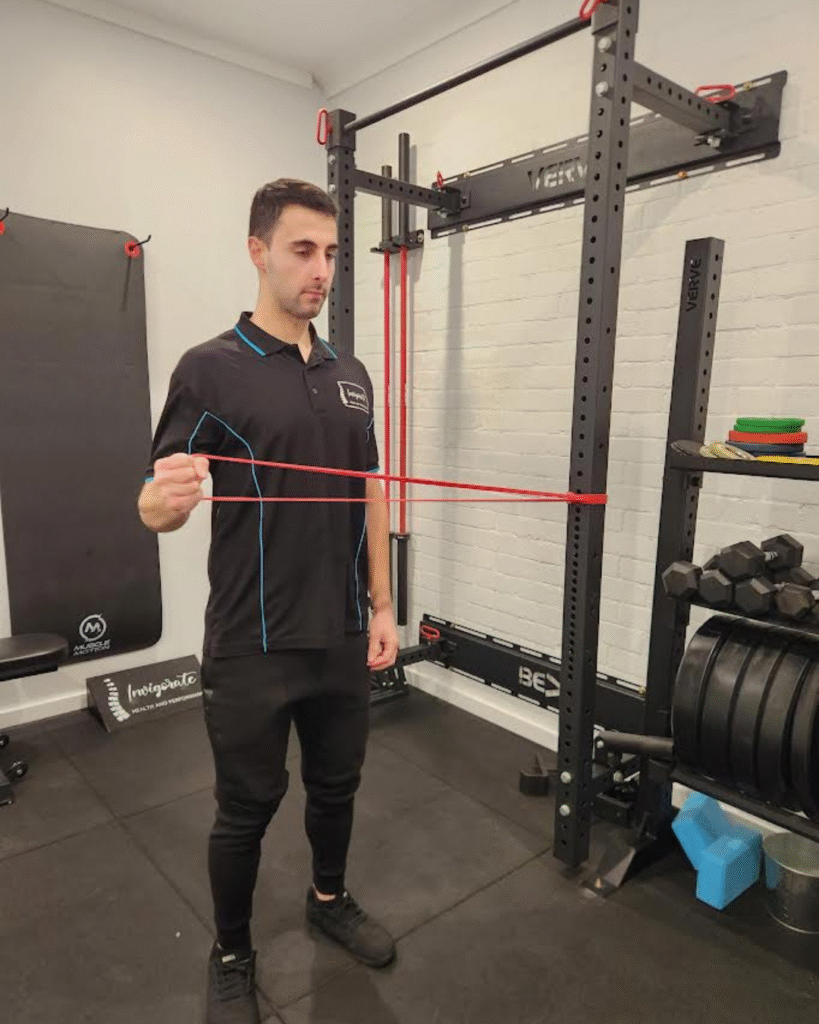
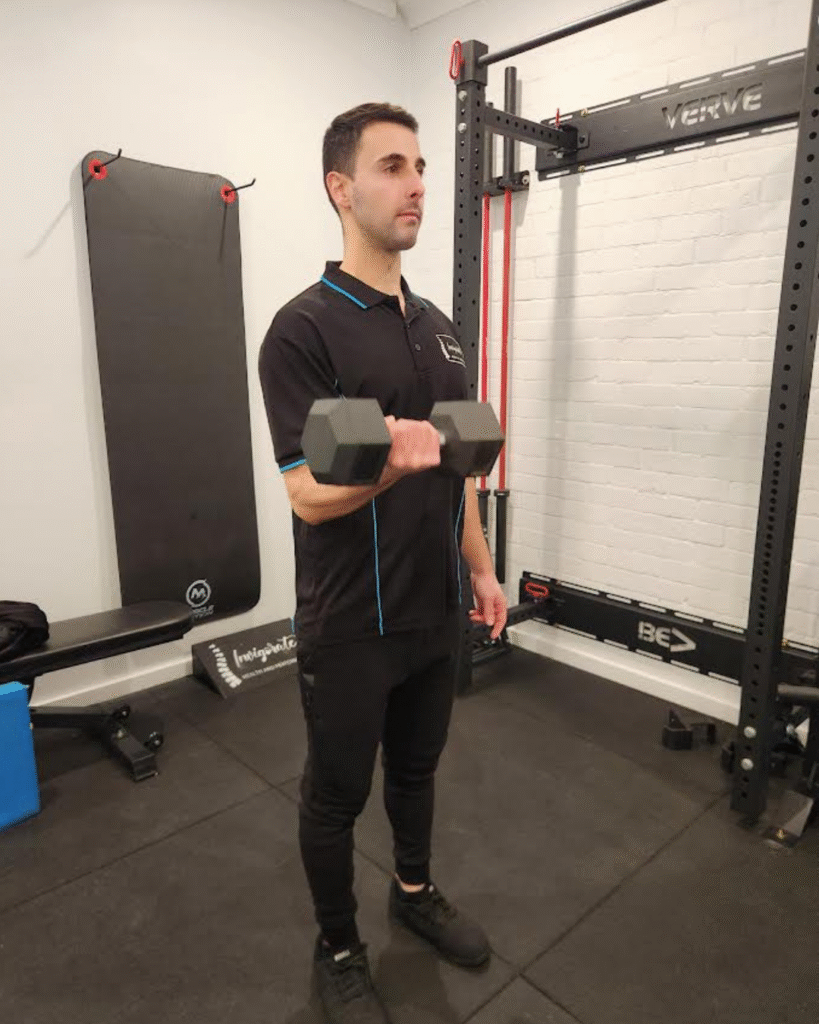
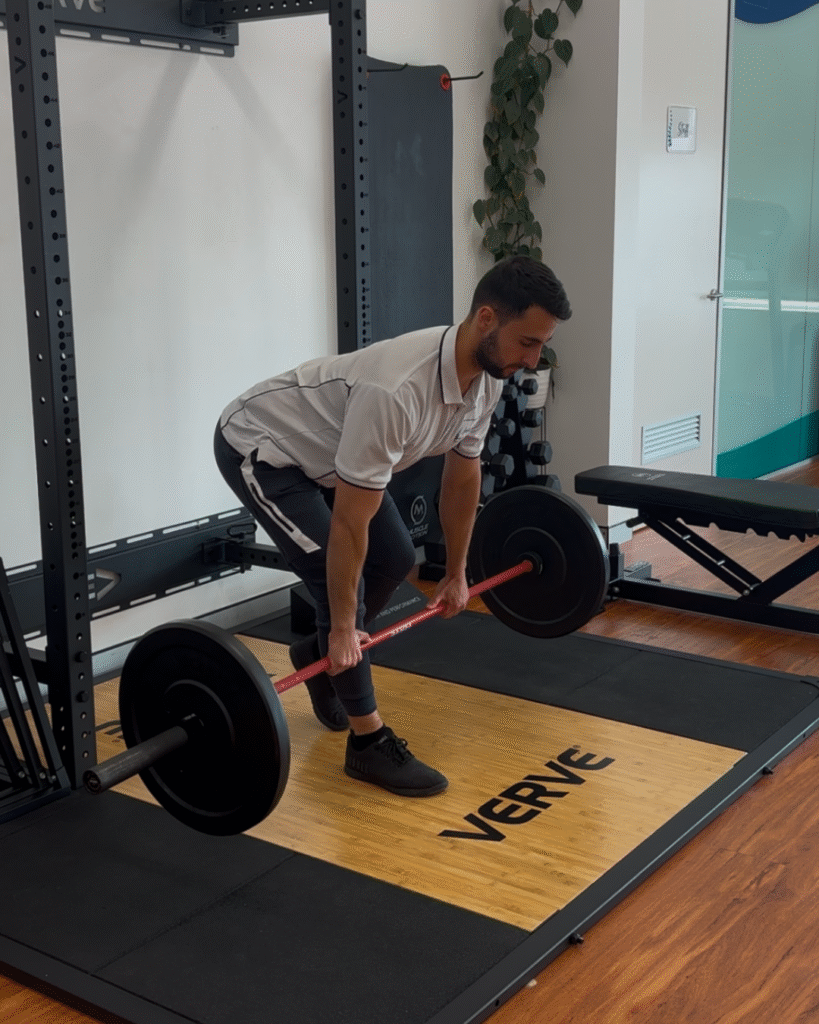
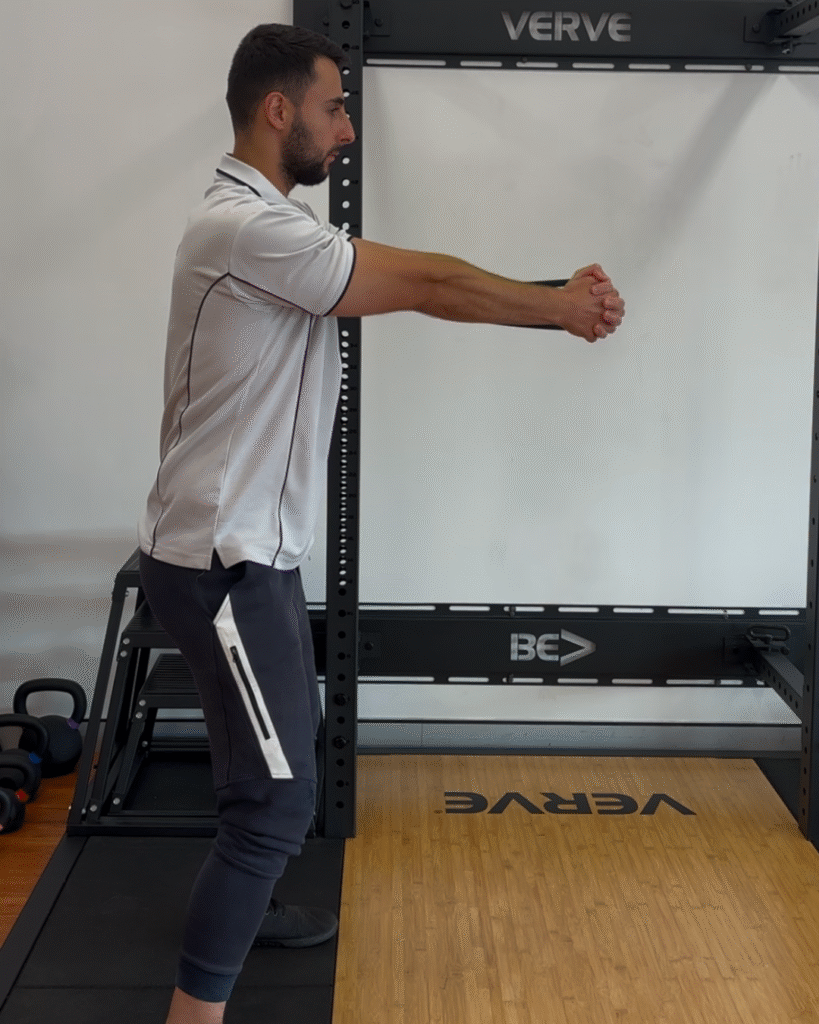
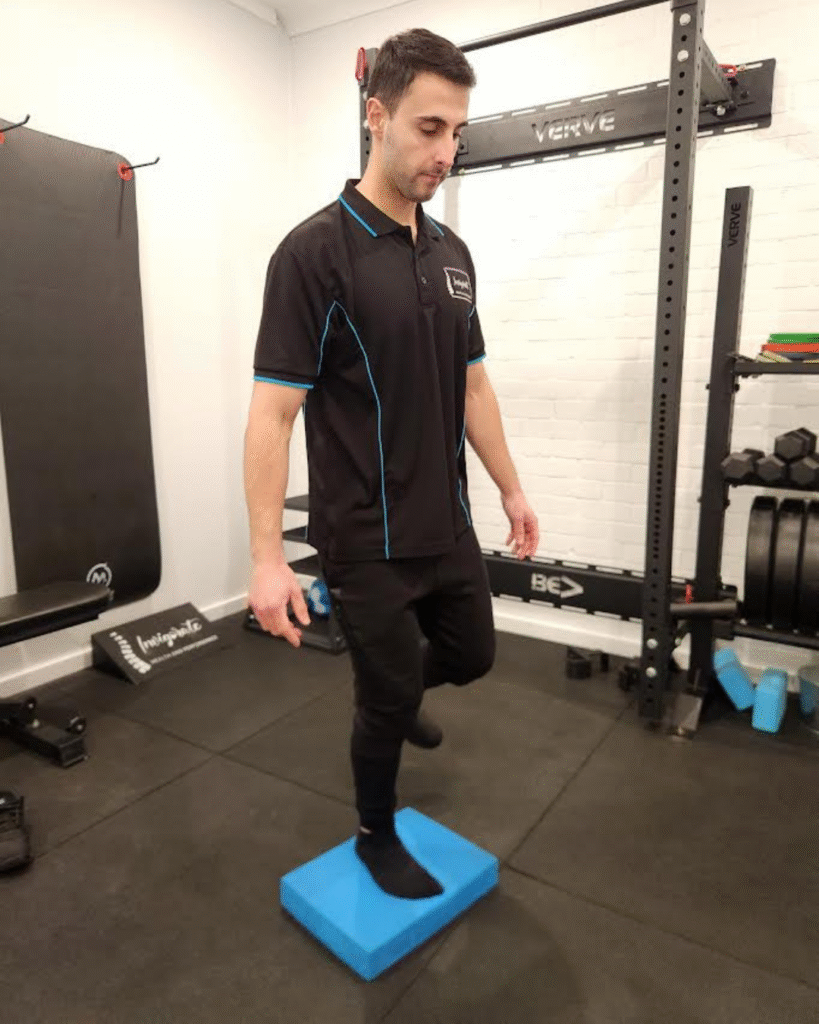
Time under tension exercises are particularly effective for developing strength in your stabiliser muscles. This could involve tempo goblet squats, wall sits, overhead shoulder holds and any other exercises where you must hold a contraction for a certain period of time. By extending the duration of a lift’s eccentric or concentric phase, you can increase muscle endurance and resilience.
Consistency is key when it comes to accessory strengthening. While CrossFit programming is designed for functional fitness, supplementing it with tailored accessory exercises ensures you’re covering all your bases. Performing these exercises regularly, 2-3 times per week, can fortify your body and help you achieve your fitness goals with fewer setbacks.
At Invigorate Health and Performance, we understand that every person is unique. Our practitioners specialise in assessing individual strengths and weaknesses and design personalised accessory training programs to optimize performance and reduce the risk of injury. Whether you’re a seasoned CrossFit competitor or a newcomer to the sport, we’re here to support your fitness journey.
Invest in your performance and longevity, schedule an appointment with us today! Let’s build a stronger, more resilient you.
(Published Oct 8, 2025)
Written by: Nicholas Dimos (Senior Physiotherapist)